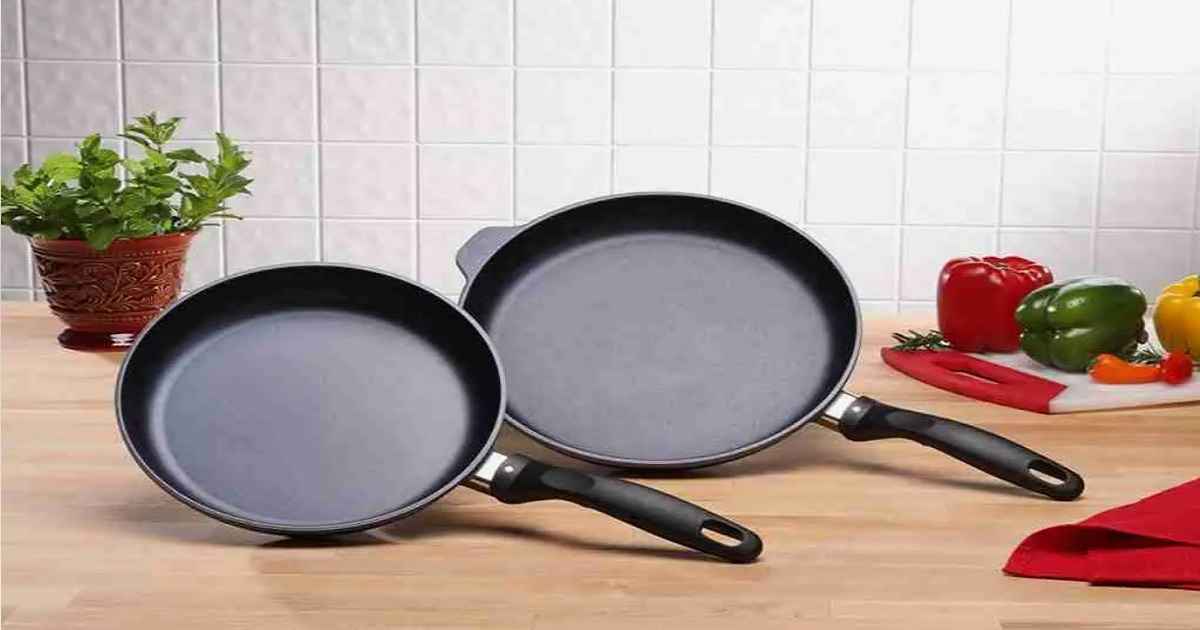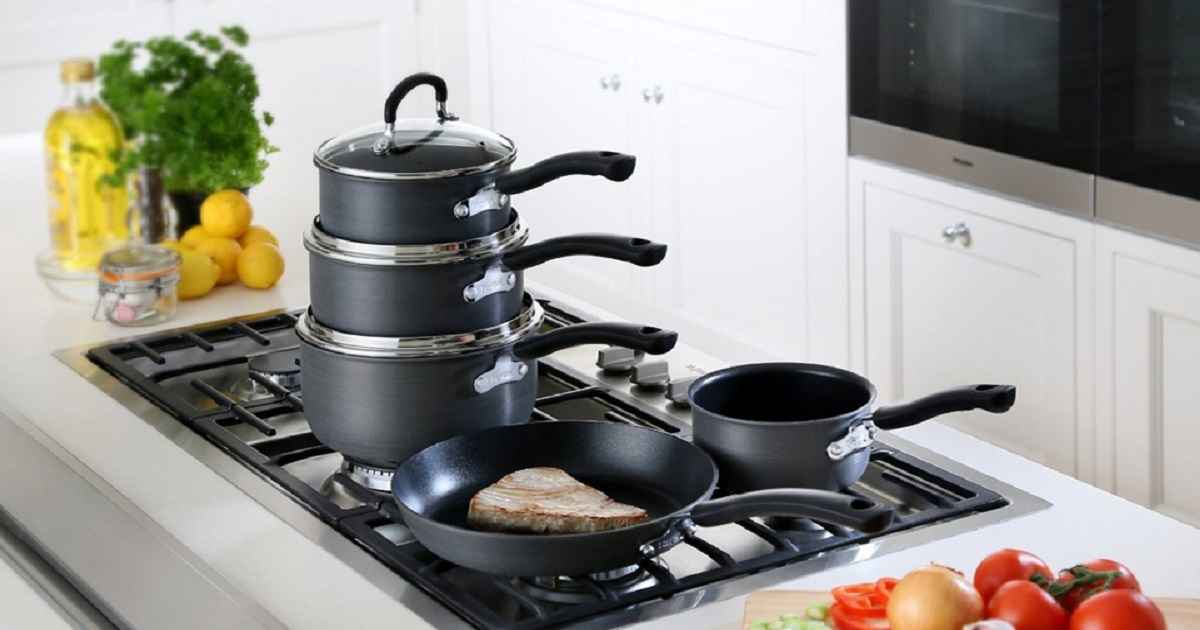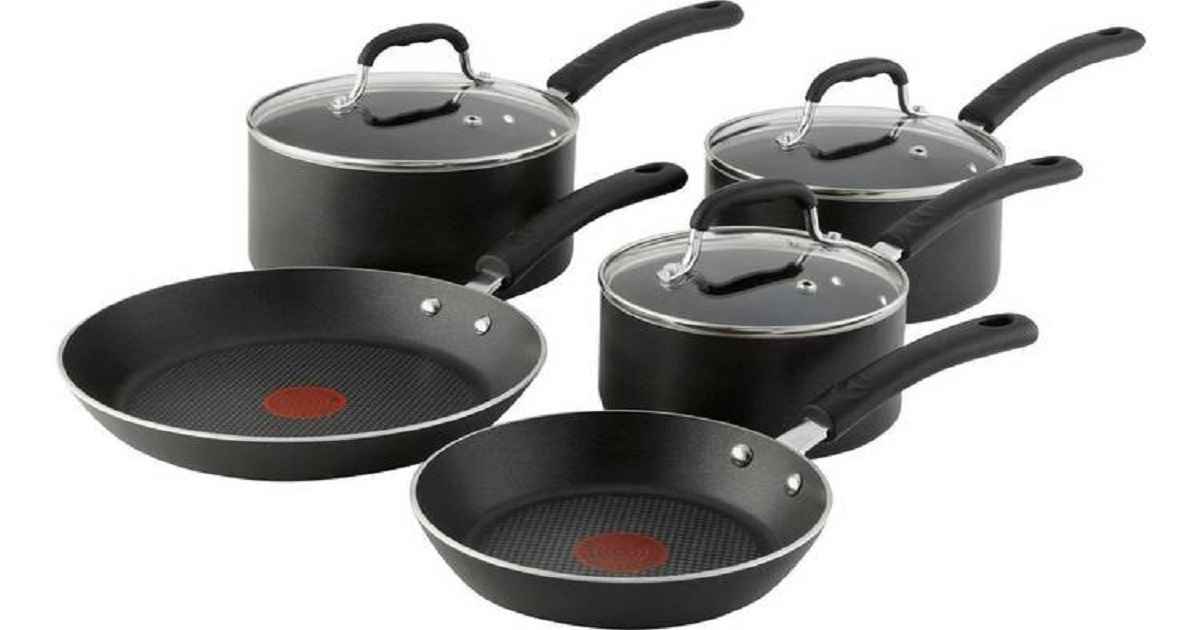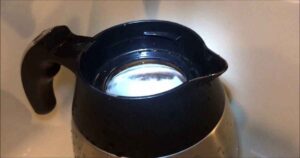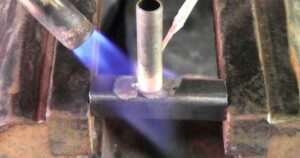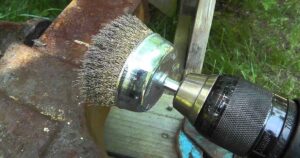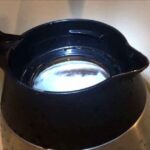How to Make a Stainless Steel Pan Non Stick
Making a Stainless Steel Pan Non-Stick: A Step-by-Step Guide
How to make a stainless steel pan non-stick? This question might puzzle many who struggle with food sticking to their stainless steel cookware. While stainless steel pans are prized for their durability and even heating, they’re not naturally non-stick. But fear not! With the right techniques, you can cook with your stainless steel pan without having your food stick to it.
Understanding Stainless Steel Cookware
Stainless steel is a popular choice for cookware due to its resilience and ability to conduct heat evenly. However, unlike non-stick pans coated with materials like Teflon, stainless steel doesn’t have a natural non-stick surface. This leads to the common issue of food sticking, especially when cooking proteins like eggs or chicken.
The Secret to Non-Stick Cooking in Stainless Steel
The key to non-stick cooking in a stainless steel pan lies in the temperature of the pan and the use of oil. Here’s a step-by-step guide to achieving a non-stick surface:
1. Preheat the Pan
- Heat the Pan: Place your stainless steel pan on the stove and turn the heat to medium. Let it heat up for a few minutes.
- The Water Droplet Test: To check if the pan is ready, sprinkle a few drops of water onto it. If the water forms beads and glides across the pan, it’s hot enough.
2. Add Oil
- Choose the Right Oil: Use an oil with a high smoke point, like canola, vegetable, or grapeseed oil.
- Coat the Pan: Add a thin layer of oil to the hot pan. You can swirl it around to ensure it coats the entire surface.
3. Let the Oil Heat
- Wait for the Oil to Heat: Allow the oil to heat up for a minute or two. It should become shimmery but not start smoking.
4. Add Your Food
- Cook at the Right Temperature: Once the oil is hot, add your food. Don’t overcrowd the pan, and avoid moving the food around too soon.
5. The Maillard Reaction
- Understanding the Maillard Reaction: This is the process where food develops a browned crust, creating a natural barrier that prevents sticking.
6. Turn or Flip at the Right Time
- Be Patient: Wait until the food releases naturally from the pan. This means it’s cooked enough on one side and is less likely to stick.
Cleaning and Maintenance
Proper cleaning and maintenance are crucial for keeping your stainless steel pan in good condition. After cooking, let the pan cool, and then clean it with warm soapy water. Avoid using steel wool or abrasive cleaners, as they can scratch the surface.
Additional Tips for Non-Stick Cooking
- Avoid Cooking Sprays: Cooking sprays can leave a residue that builds up over time, reducing the pan’s performance.
- Room Temperature Food: Cooking cold food can increase the chances of it sticking. Let your food come to room temperature before cooking.
- Avoid Acidic Foods: Initially, avoid cooking acidic foods, like tomatoes, as they can stick more easily.
Advanced Techniques for Non-Stick Stainless Steel Cooking
To further refine your skills in making a stainless steel pan non-stick, consider these advanced techniques:
Managing Heat Settings
- Adjusting Heat: Learn to adjust the heat as you cook. Starting on medium heat is good, but you may need to lower it to maintain the right temperature, especially for delicate foods.
Cooking Proteins
- Protein Cooking: When cooking proteins, let them reach room temperature and ensure they’re dry. Moisture on the surface can cause sticking.
Deglazing for Flavor
- Deglazing the Pan: After cooking, use a liquid like wine, broth, or water to deglaze the pan. This not only cleans the pan but also creates a flavorful sauce from the browned bits (fond) left behind.
Experimenting with Different Foods
Experiment with different types of food to understand how they behave in a stainless steel pan. Vegetables, meats, and even delicate fish can be cooked effectively once you master the technique.
Vegetables
- Cooking Vegetables: They often require less heat than proteins. Make sure the pan and oil are hot enough to create a sear, which prevents sticking.
Fish
- Cooking Fish: Ensure the pan is well-heated and oiled. Fish skin can stick if the pan isn’t hot enough or if it’s moved too soon.
Caring for Your Stainless Steel Pan
Taking care of your stainless steel pan is crucial for its longevity and performance. Here are some additional tips:
Regular Seasoning
- Seasoning Your Pan: Some chefs recommend occasionally seasoning a stainless steel pan, similar to a cast iron skillet. Heat the pan with oil until it smokes, let it cool, then wipe it clean. This creates a temporary non-stick layer.
Avoiding Water Spots
- Preventing Water Spots: Dry your pan immediately after washing to prevent water spots, which can sometimes affect cooking performance.
Storing Properly
- Proper Storage: Store your pan in a dry place. If stacking pans, consider placing a liner or towel between them to prevent scratching.
Understanding the Limitations
It’s important to recognize that even with these techniques, a stainless steel pan won’t mimic all the properties of a manufactured non-stick pan. For example, making an omelet or cooking very delicate fish might still be challenging.
The Joy of Cooking with Stainless Steel
Embracing the art of cooking with stainless steel pans can be rewarding. It offers a sense of accomplishment and allows for a variety of cooking techniques, from searing to sautéing. The flavor development that comes from properly cooked food in a stainless steel pan is unmatched.
Conclusion: Mastering the Stainless Steel Pan
In conclusion, knowing how to make a stainless steel pan non-stick is a valuable skill in any cook’s arsenal. It requires understanding the material, patience, and practice. By mastering these techniques, you can enjoy the full range of culinary possibilities offered by stainless steel cookware, ensuring a delightful cooking experience every time. Remember, good cooking is as much about technique as it is about the tools you use.
